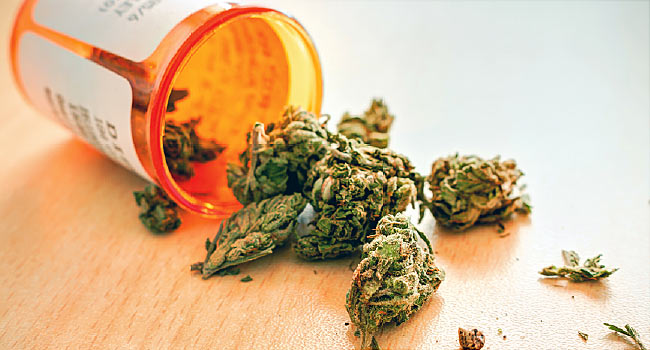INTRODUCTION
Cannabis is a botanical product whose origin traces back to the ancient world. In the past 5000years, archaeologists found evidence of cannabis, having recreational, spiritual, medicinal, and other uses in various countries, including Africa, India, China, and Assyria.
Other common names for cannabis
Latin, Botanical names
Cannabis is the scientific name for the hemp plant, with many species’ names, including:
- Cannabis sativa
- Cannabis indica
- Cannabis ruderalis
English names
- Dagga Ganja
- Hashish
- Hemp
- Marijuana
Ancient language names
- Bhanga
- Ganjika
- Hursini
- (Kinnab or Quinn) Arabic
- (Ma) Chinese
- (Cannabis) Greek
Traditional/ regional language names
- Bhangi (Swahili)
- Canada (Italian)
- Chamba (Chichewa)
- Beuh (French)
- Ganja (Hindi)
Administration of cannabis
It was commonly eaten, brewed in teas, or mixed with edibles using its active ingredient. In the 21st century, it is administered through inhalation via smoking and vaporization.
Uses
Religion purposes- During 1200-800 BCE, Hindu sacred text, Atharva Veda (the science of charms) used leaves and stems as “Sacred Grass” and was considered among the five sacred plants in India. Moreover, Scythian tribes used its seeds as offerings in royal tombs, in 700-300 BCE. In China, they used plant remains of cannabis as ‘shroud’ in tombs dated to around 500 BCE. Scythians used the plant for ritual and cleansing purposes.
Clothing- Hemp was made out of textiles in China, during the 4000 BCE, and its remains have been found of hemp fibers a century later. In 1500 BCE, Scythians cultivated cannabis to weave beautiful hemp clothes.
Food- Cannabis was cultivated in China for food during 1500 BCE. Its seeds were also used for food in China as well in 6000 BCE.
Recreational purposes- In 2012, Washington and Colorado’s citizens voted cannabis to be used as recreational purposes.
Medicinal purposes- In 1996, California was the first to legalize the therapeutic use of cannabis. Following this, Canada then legalized cannabis in 2001, Austria, 2008, Denmark, 2011, as well as Italy in 2013. Up to date, Malawi and Lebanon still legalize the plant for medicinal use. The plant was used to treat glaucoma and general inflammation in ancient Egypt. As a cure for leprosy, dysentery, fever, encouraging sleep, improving judgment and cognition, ancient India also used cannabis, thinking it would prolong life.
For inflammation, earaches, and swelling, ancient Greeks sought the plant for this purpose. The plant’s roots were boiled and used to treat gout, arthritis, and generalized pain by the Romans. Arabians used the plant for migraines, anxiety, and syphilis during the 800AD-900AD.
Other medicinal uses of marijuana introduced by The English include muscle spasms, insomnia, promoting uterine contractions, menstrual cramps, convulsions, rheumatism, gout, and joint pains.
Personal growth and use- In 2020, Australian capital territory legalized the use of cannabis for growth and personal use.
Current uses in the 21st century
Marinol (dronabinol) and Cesamet ( nabilone), are synthetic cannabinoids used to treat nausea or neuropathic pain. The two are FDA medications currently on the market. Sativex is now used for treating cancer pain, while Epidelix is used for childhood seizures.
REFERENCES AND CITATIONS
1. Newton, D. (2013). Marijuana: A Reference Handbook. ABC- CLIO: Inc.Santa Barbara, CA.
2. National Institute on Drug Abuse. (2017). What is marijuana?
Click here :- buy my weed online
